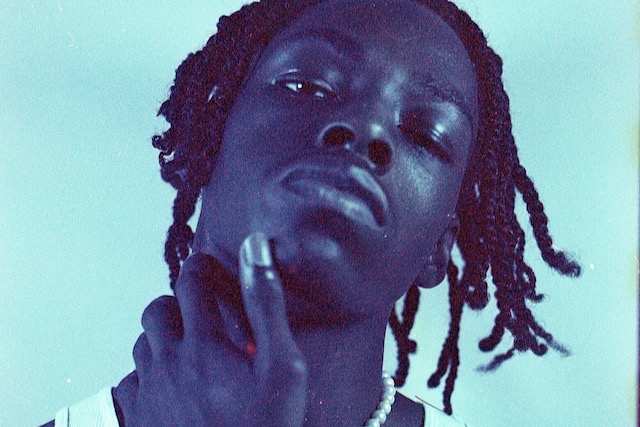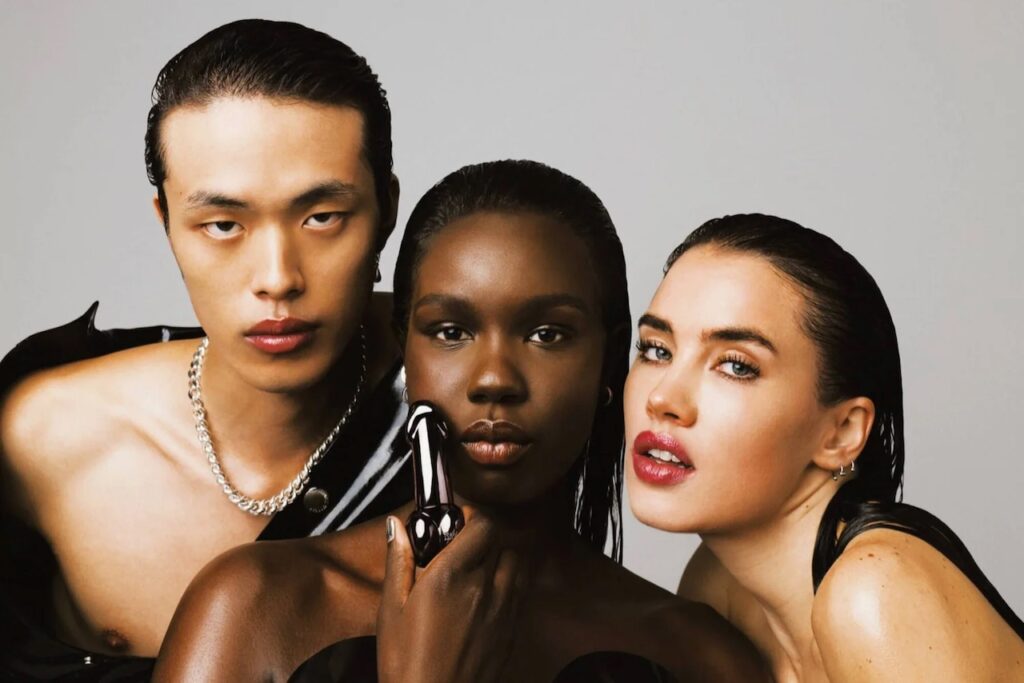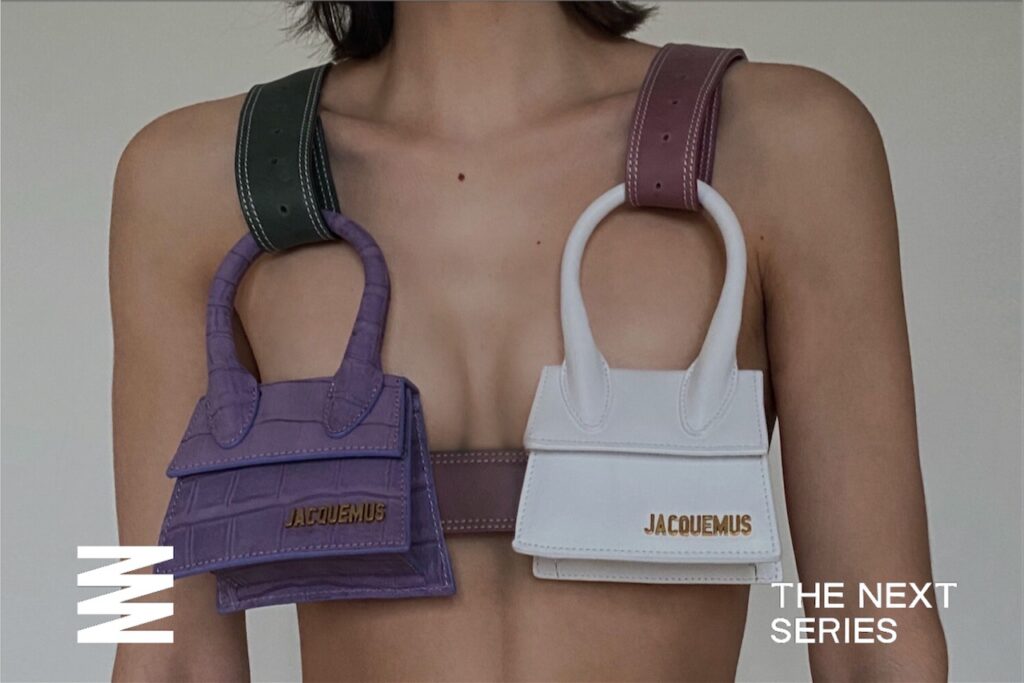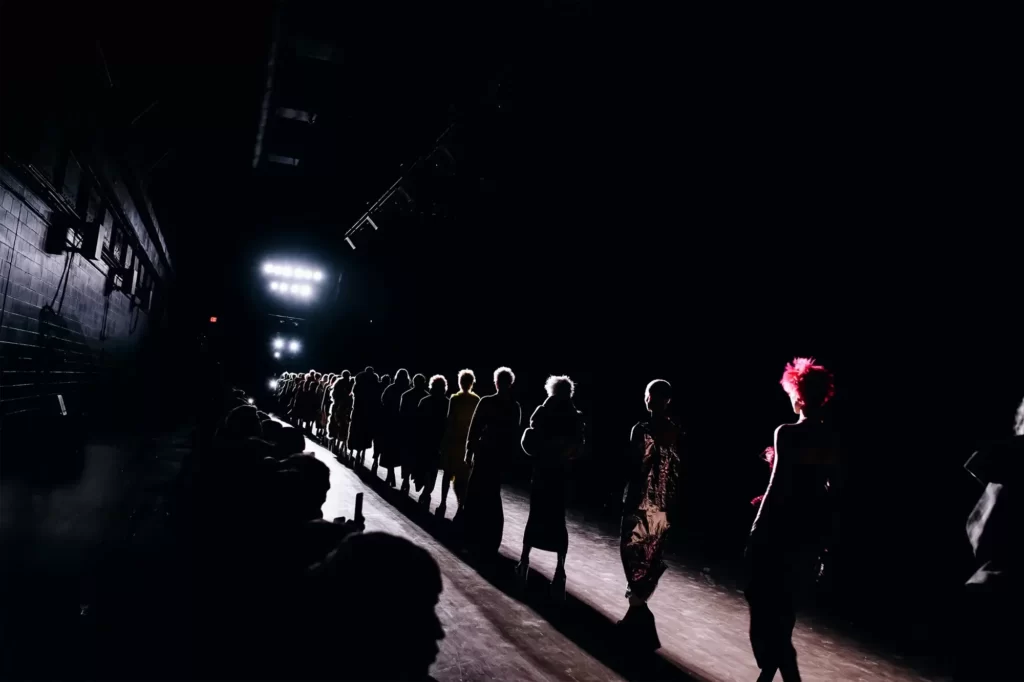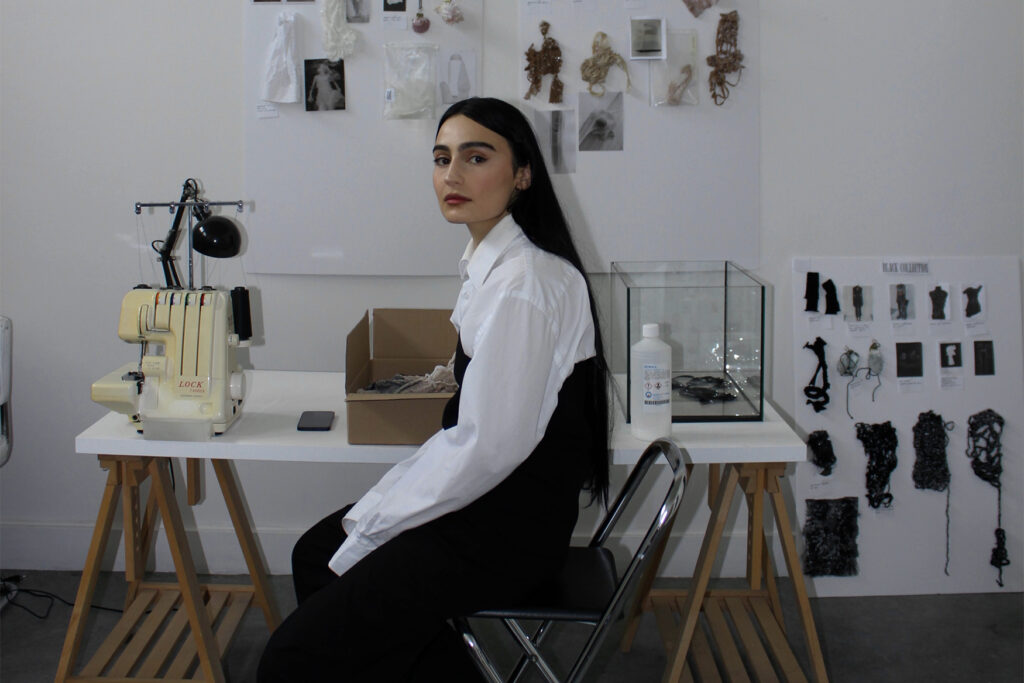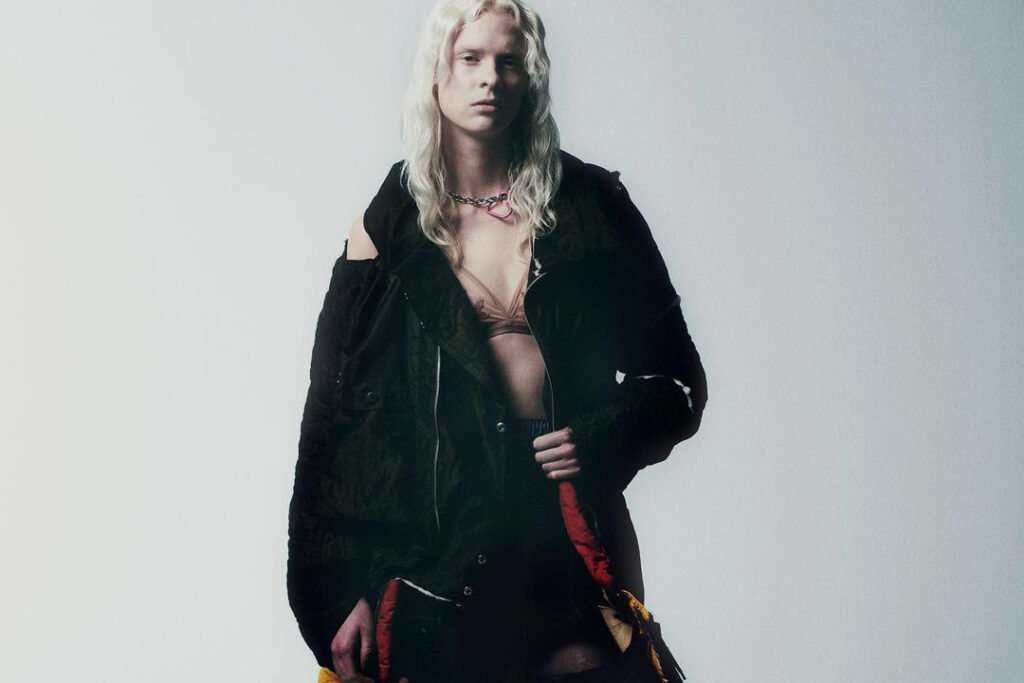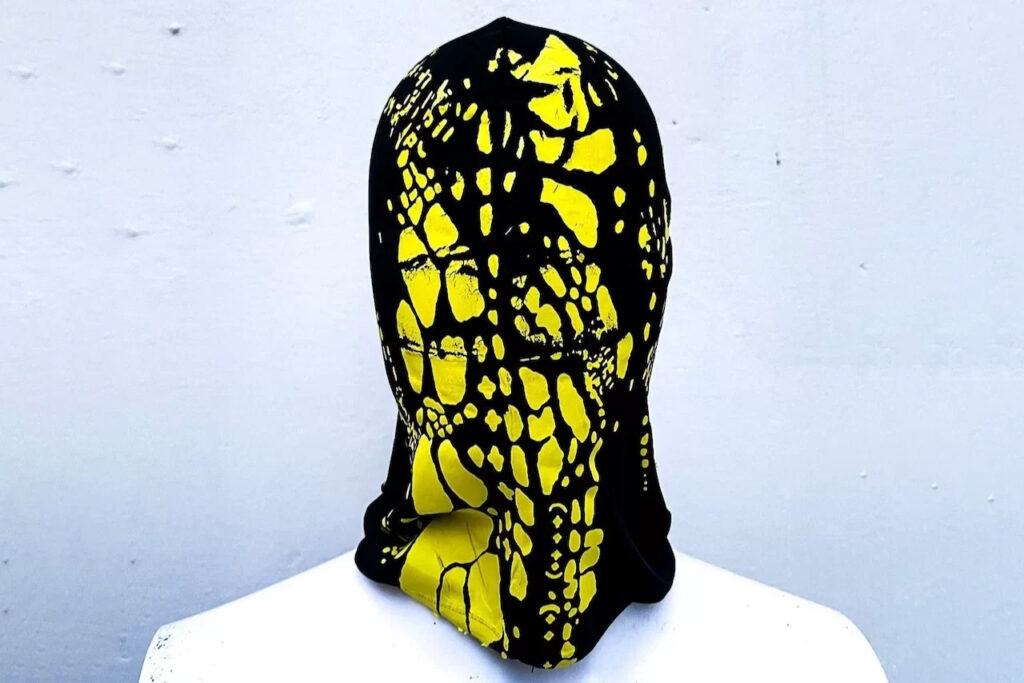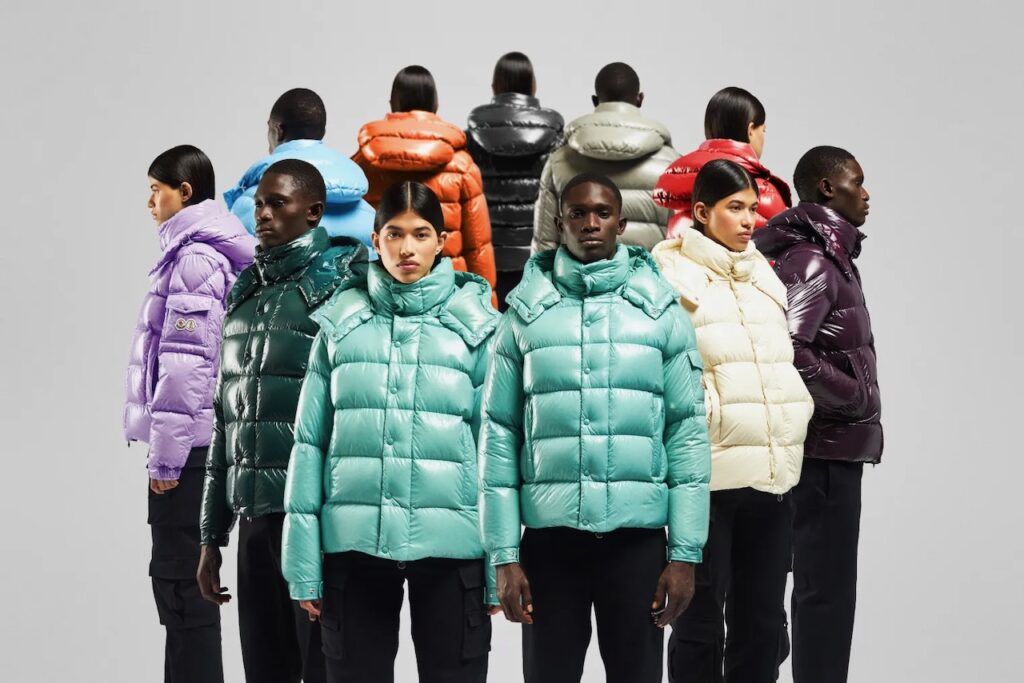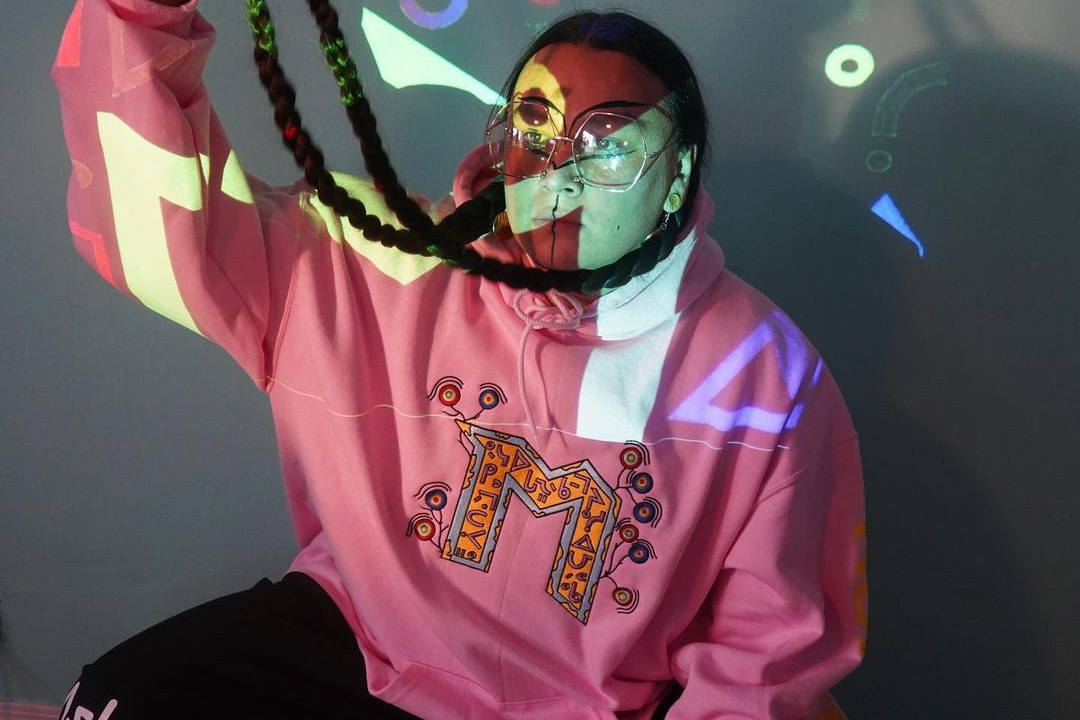
Source: Mobilize
Forget everything you think about indigenous fashion and take a look here.
Mobilize logo is "streetwear with a Cree flair" and that is all you were looking for if you want to see the perfect mix between streetwear and indigenous culture.
In 2019, Mobilize made a bold statement about how indigenous people are disrespected.
It was during the Western Canada Fashion Week that Cheyenne Rain LeGrand took over the runaway to show Mobilize collection but ended up spreading red paint over her hands and face.
Cheyenne’s brother Dusty is the founder of the Edmonton Indigenous brand Mobilize. They did that to raise their voices about the trauma that Indigenous Canadians have endured for so long.
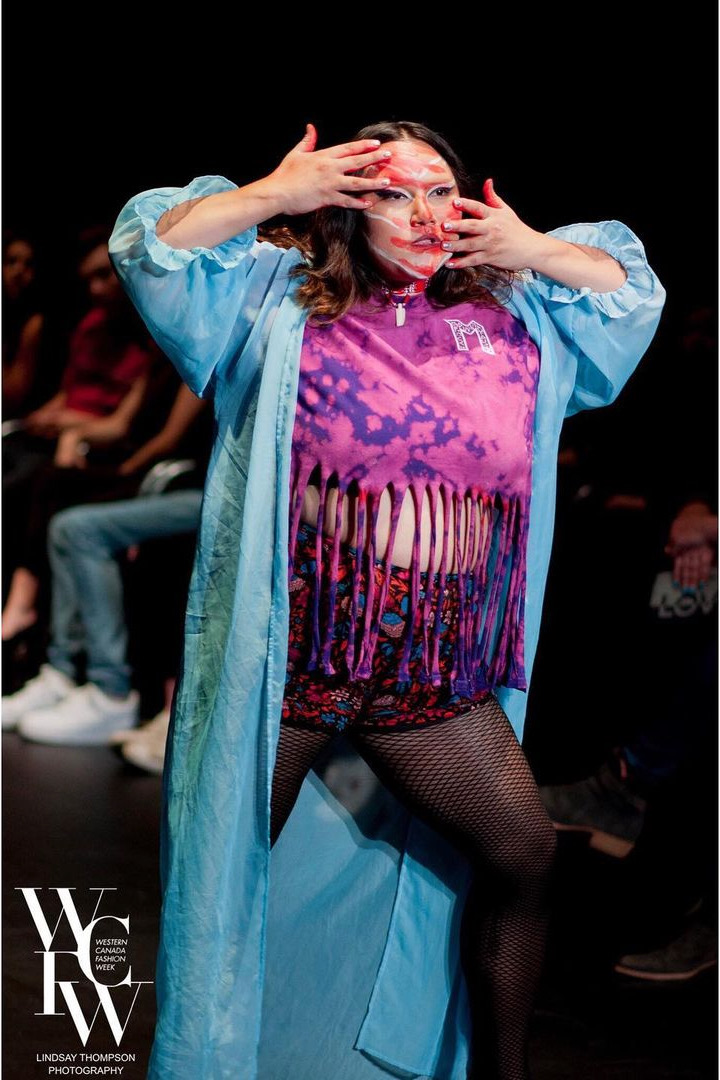
Source: Mobilize
“Sometimes we’ll bring b-boys and dancers and share joy and love, especially in Indigenous spaces where everyone who has come to see our designs is aware of our pain. But sometimes we have to bring those deeper, harder-to-swallow messages. Because it’s important that people don’t forget”, Dusty told Complex magazine in a recent interview. “That moment was most special for me. Watching her do that, it made me feel two feet taller.”
The bold action was worth it. Mobilize was featured in a Vogue article about indigenous brands and went viral on a TikTok video showcasing Dusty’s designs.
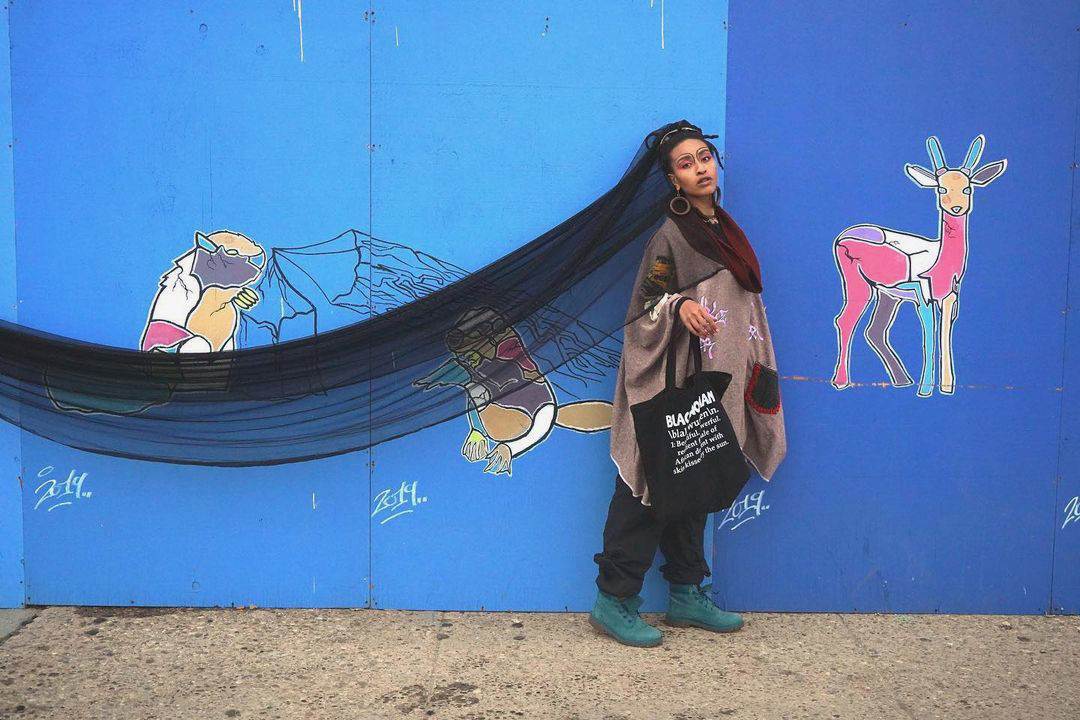
Source: Mobilize
Social media is bringing international exposure as Mobilize clothing will be sold at skater chain Zumiez’s stores around the globe.
That is a win for the brand and for indigenous creators as Dusty told Complex : “For a lot of us designers and artists, it’s about bringing that representation to the world on big scales. However, we can. And I view my work as kicking down doors, like: ‘Yo, I don’t know if any Indigenous streetwear designers have been in here. But I’m going to get in here, so my kids and the others coming after us can see it’s possible'”
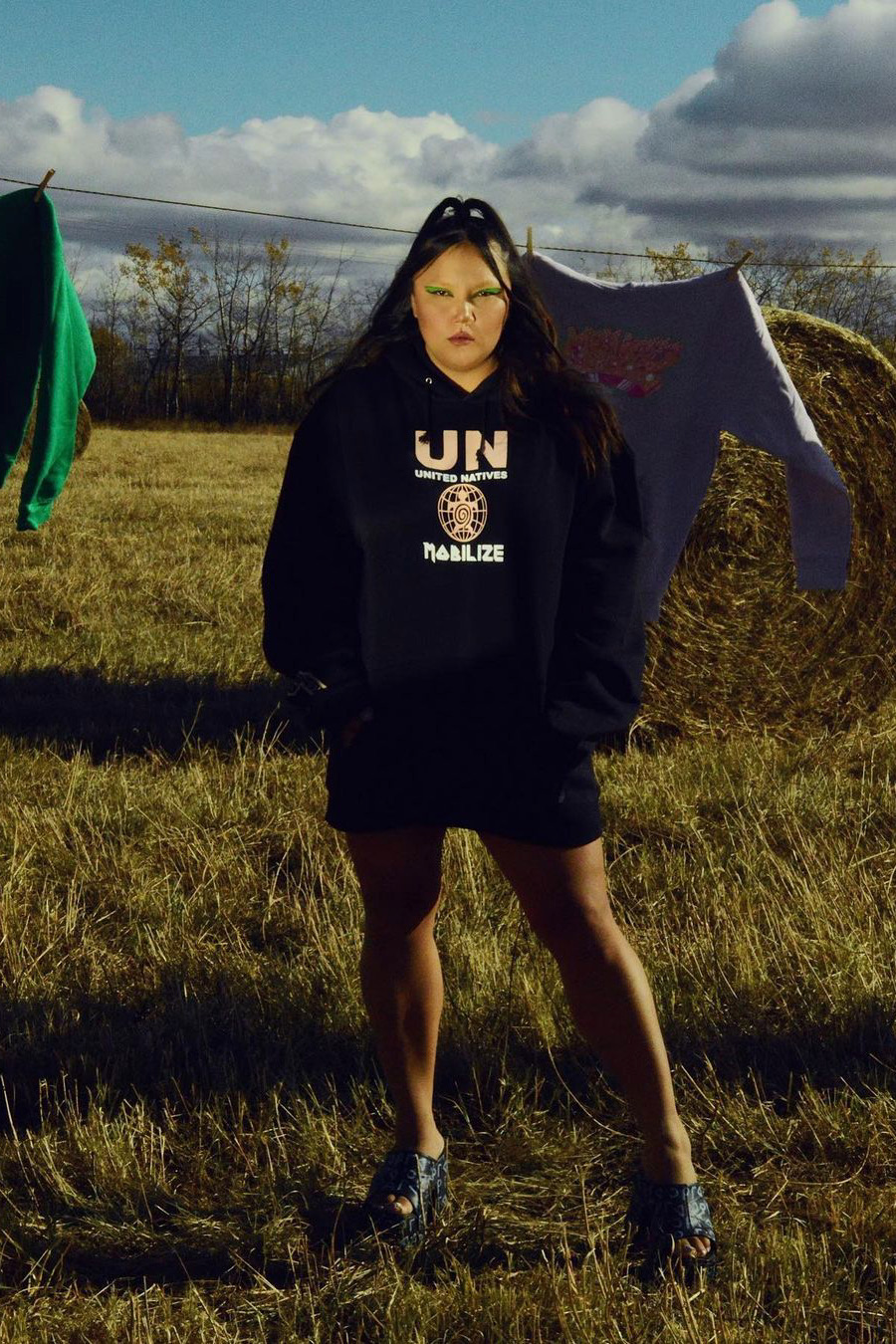
Source: Mobilize
Streetwear and hip-hop culture are the inspiration of Mobilize collections and an important part of Dusty’s childhood.
“Growing up, hip-hop culture was a mix of Indigenous and Black people in the communities I was a part of. It was a part of my representation. And I always loved streetwear because it wasn’t just clothing—it was political, it had a voice. As I got older, I would customize my own clothes, bringing an Indigenous flavour to them. That had existed in the powwow scene—Indigenous people would put patches representing their nation on T-shirts and things like that. So I would take these pieces and put them together for my own custom denims, and upcycle things”, he told Complex.
Hoodies, caps, long sleeve t-shirts and graffiti-style fonts are present on the brand.
Furs, patches and fabrics are the Cree heritage touch to the streetwear style. The matriarch structure of the indigenous community is also a guideline for the brand.
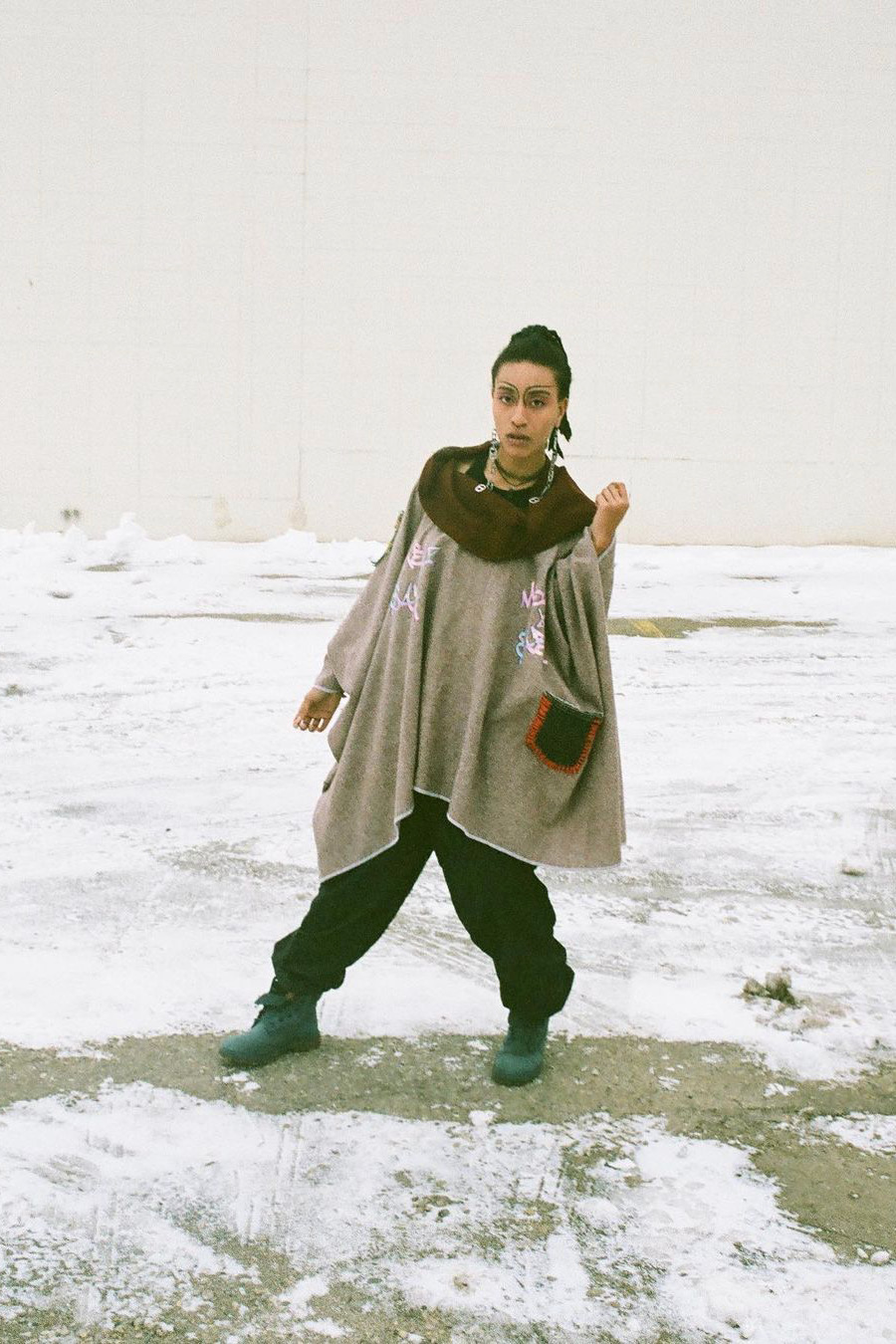
Source: Mobilize
No wonder its first collection of hoodies was called “The Matriarch”, in order to honour the system that honours women and that has female leaders.
The brand is also a family business. Dusty has three daughters and his oldest one designed her first hoodie at the age of four. “She brought some paper to me, chopped it up at different angles so it was no longer a square, and covered it in squiggly lines that made it look like abstract art. And that design sold out in two days”, he told Complex.
Check-out some of our favourites from Mobilize:
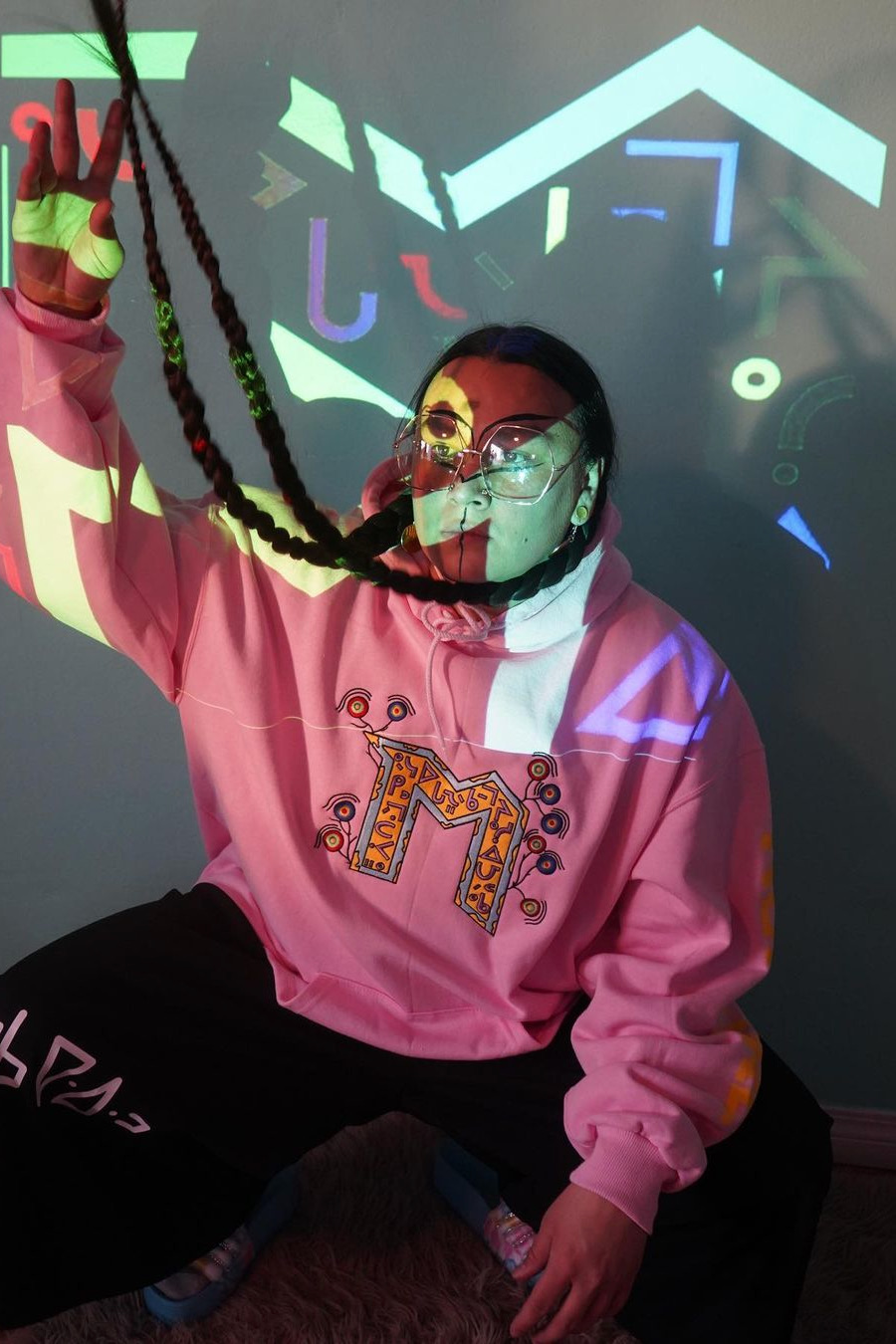
Source: Mobilize
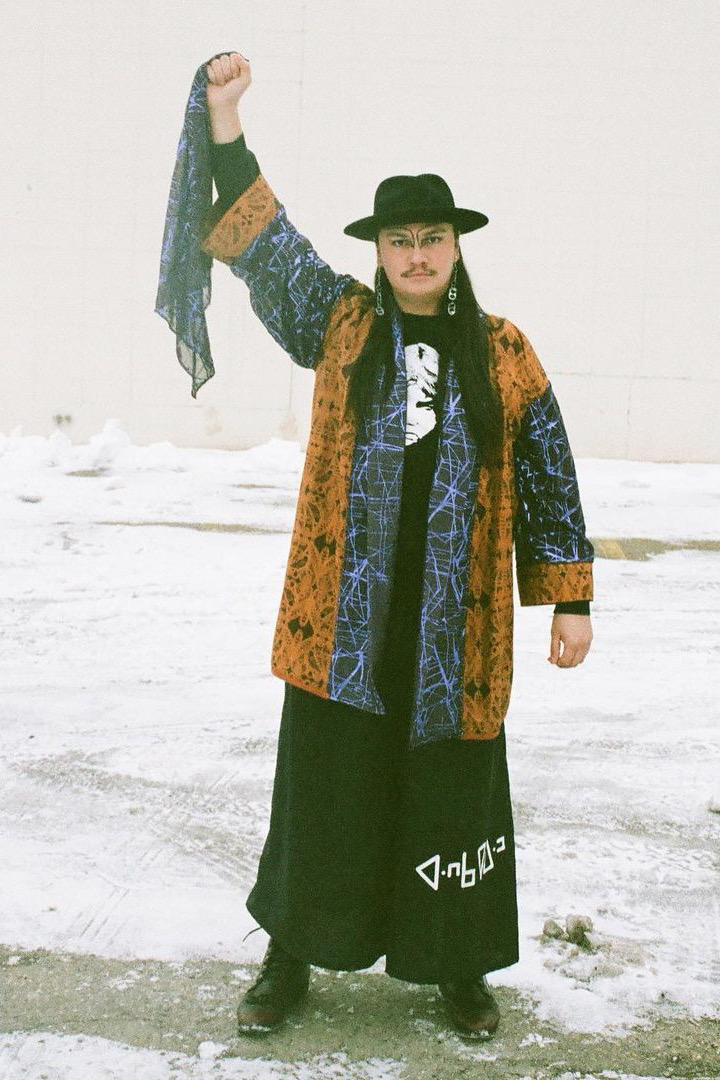
Source: Mobilize
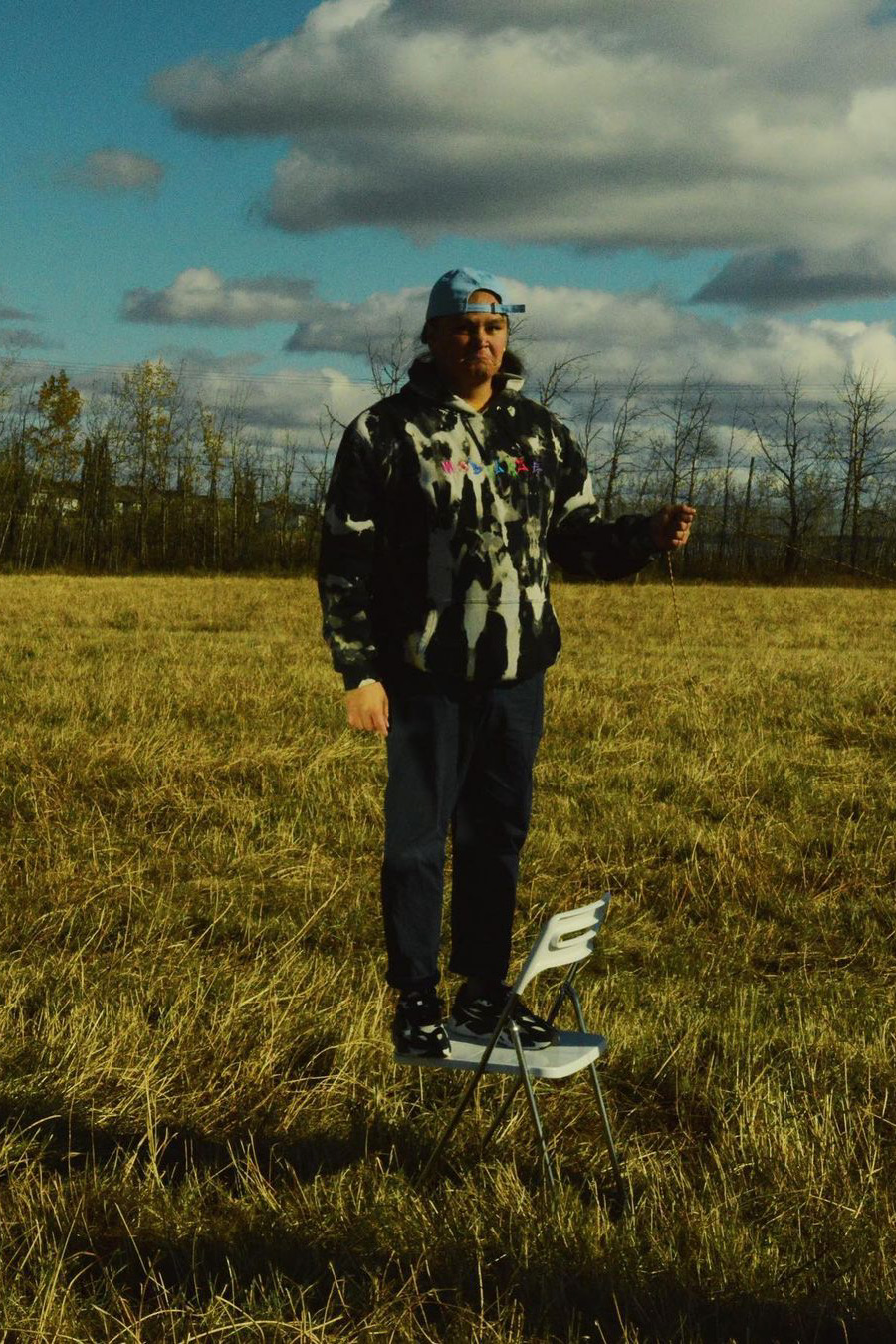
Source: Mobilize
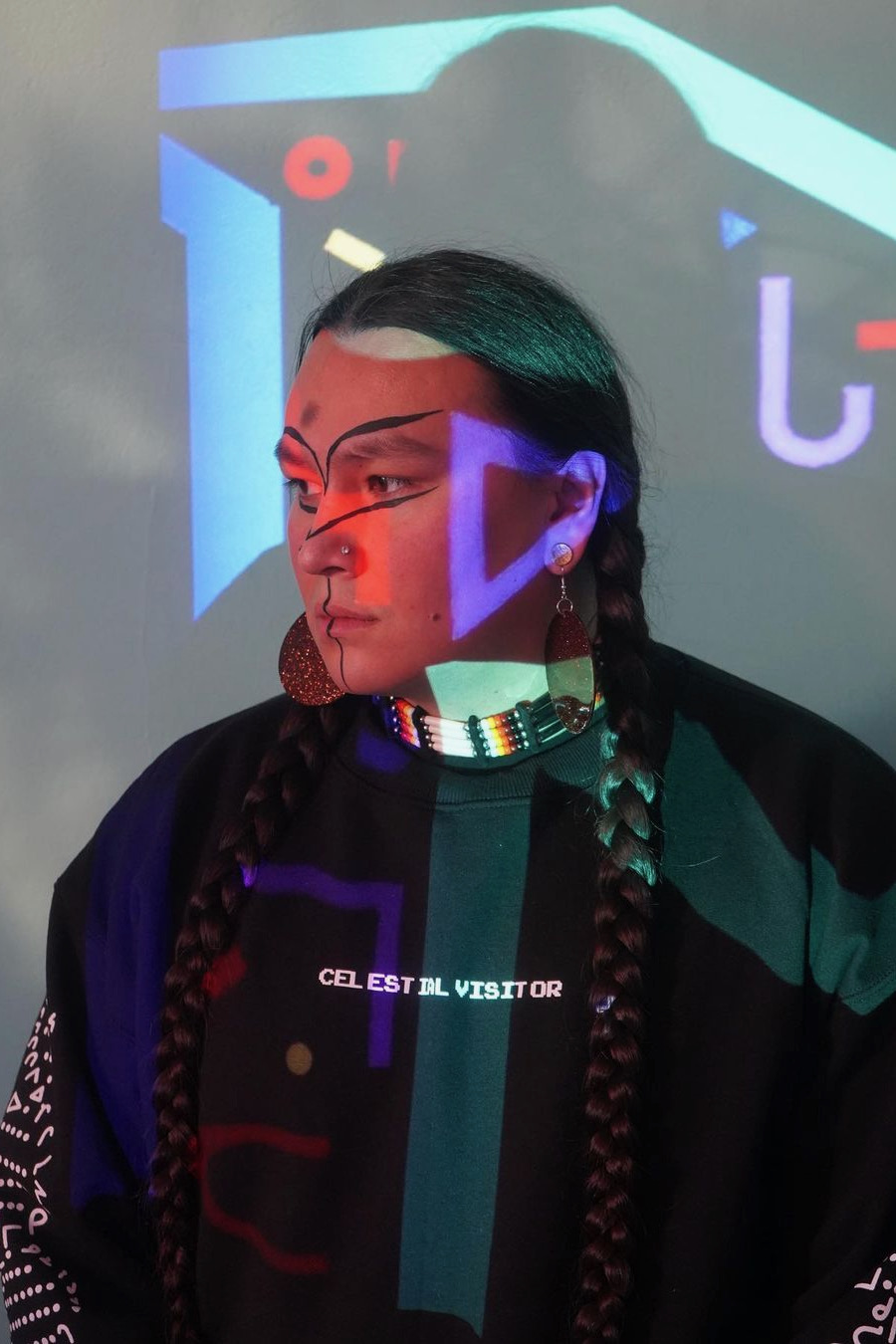
Source: Mobilize
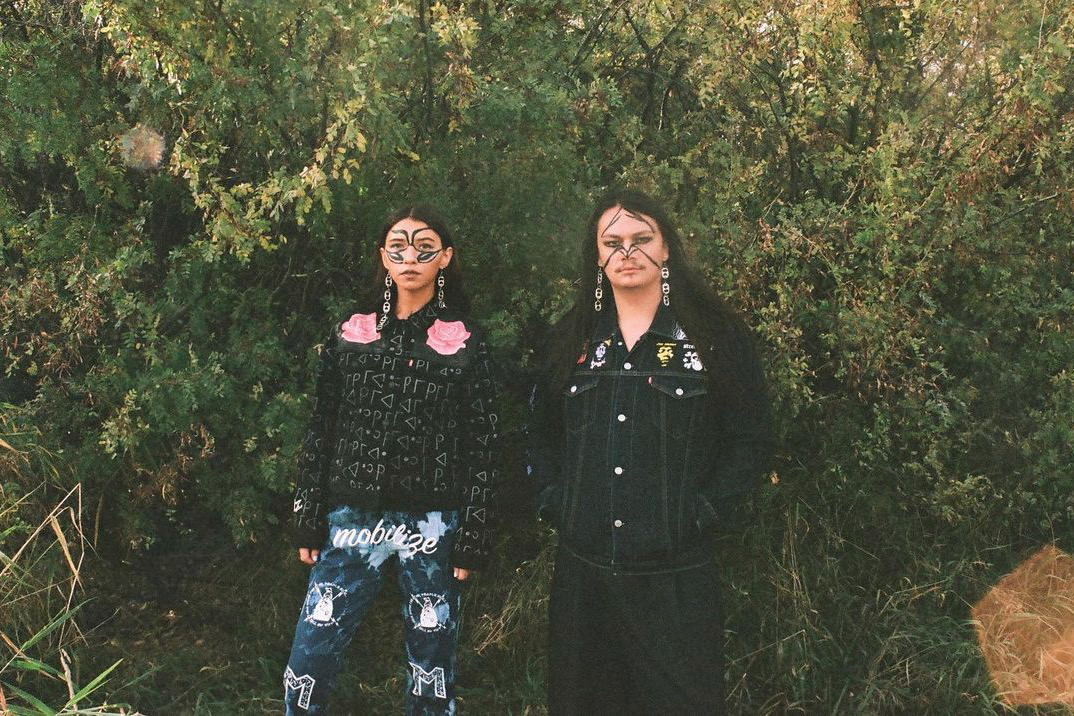
Source: Mobilize
You can check out more of their unique work on Mobilize official website.
